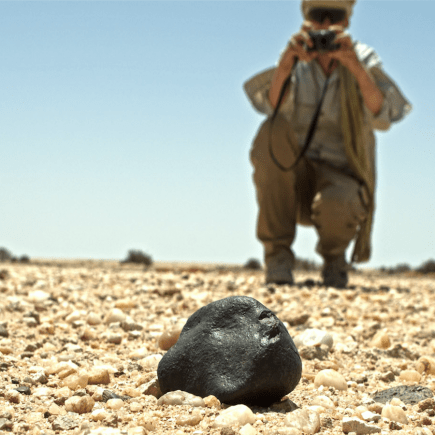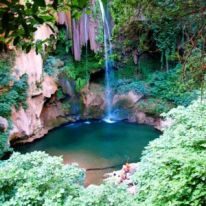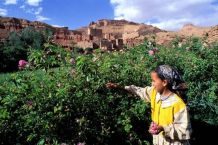
On May 9, 2020, The American Planetary Meteoritical Society (MetSoc) published a report about two meteorites that landed in Southern Morocco in 2019. The official validation came almost a year after GAIA laboratory workers from the Hassan II University analyzed the meteorites discovered in Southern Morocco. The researchers named the meteorites crashing into the Guelmim-Oued Noun Sahara region “Wad Lahteyba” and “Al Farciya. According to a press release issued by the Casablanca Institute, they were observed by locals and described as a “luminous streak of yellow grading that turned to red.” Witnesses further explained that the falling stars calmly moved across the sky from southwest to northeast and left no explosion. Remnants of the meteors in the Sahara were picked up by collectors and the data was shared with the University. Professor Hasnaa Chennaoui and her Ph.D. student Fatima Ezzahra Jadid utilized the civilian descriptions and the leftover matter to access the mineralogical and petrographic details of each meteor. In addition to the GAIA laboratory, Professor Carl Agee, a world-renowned for his research on extraterrestrial matters in New Mexico, received some samples. He analyzed the minerals by electron microprobes.
The June meteor was estimated at 20 kilograms and classified as Chondrite type H5. A second meteor named the Al Farciya was detected in the Lamhbas region on August 20, 2020, at 1:15 am. It was weighed in at 1.3 kilograms and recorded as a Chondrite type L6.
Meteorites are either stony and slightly heavier than a terrestrial rock or they are metallic. The latter is heavier and ring when struck with a metal object. Upon hitting the lithosphere, meteors appear glassy and smooth and are distinguished by their black fusion crust. One weathered, their coats turn into a smooth brown color. Contrary to some science fantasy movies, meteors are not magnetic. They are very important to study because according to MetSoc, most are “as old as the earth, the entire solar system, and have compositions similar to the sun.” Moreover, they are widely thought to have formed at the same time as the planets and are a window back to the beginning of our solar system.
In Morocco, “the booming trade in meteorites is leading to a rise of a new type of tourism,” says a VICE news journalist reporting about her experience following meteorite hunters. The stones are so profitable some of the local southern rock hunters have even traded in sheepherding for hunting the space treasure. In turn, this attracts foreigners to the Sahara Desert. They fly into Ouarzazate and take a tour of the area, meeting with the best rock collectors, and looking for their own treasures.
MetSoc is one of the world’s leading authorities on Meteorites since its establishment in 1933. The meteors discovered in Morocco have all been validated by the organization and are now registered. To date, Morocco has recorded 20 meteorite falls.





